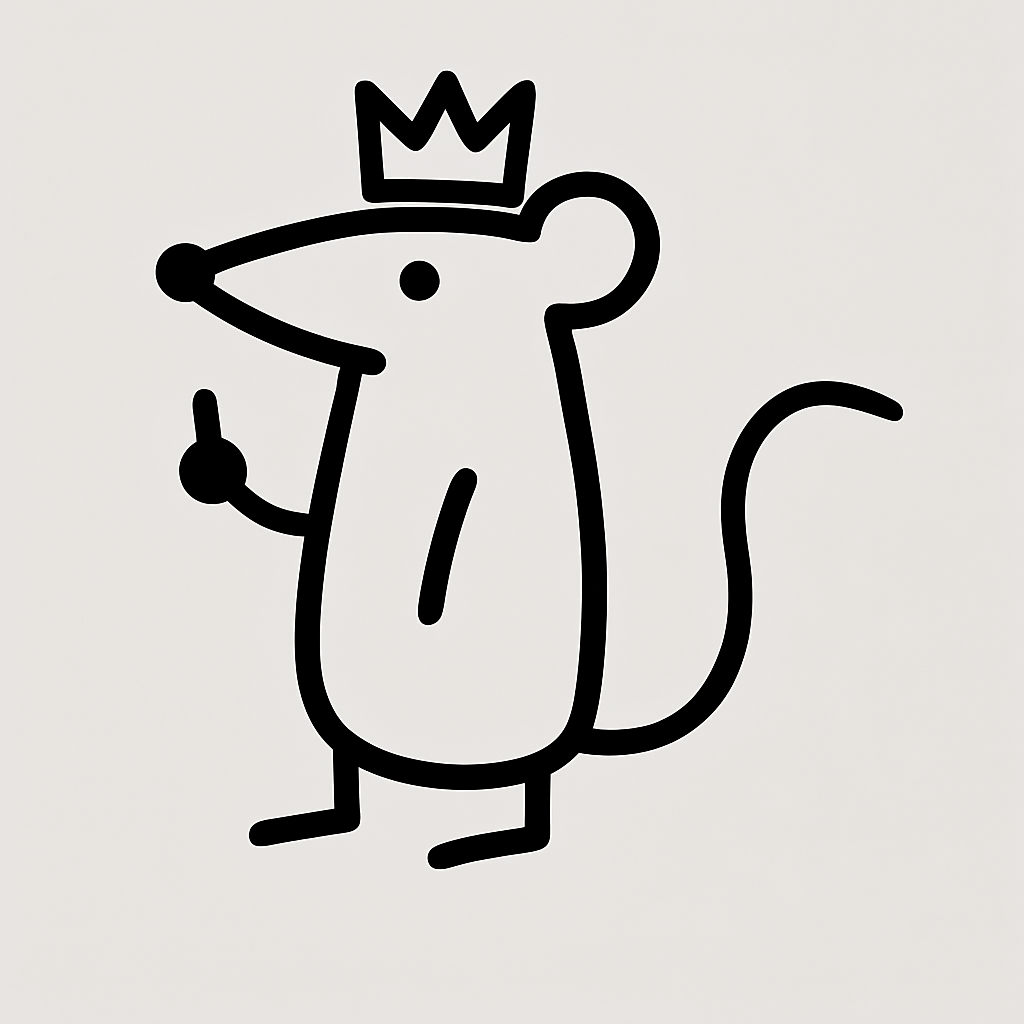The Mission
The Romanian CanSat and Rocketry Challenge 2024 was a proving ground for us. We entered with a CanSat that was equal parts careful engineering and wild optimism, built to measure the atmosphere, assess air quality, and connect it all to agriculture. The mission was simple in theory and brutal in practice: build a modular satellite the size of a soda can, launch it on a rocket, make it survive, and bring back data that actually matters.
Hardware and Software
Our CanSat carried a carbon fiber body printed in the lab, bristling with sensors for pressure, temperature, humidity, and air quality. It had a parachute recovery system, GPS, and a modular structure that let us distribute components across multiple levels without them interfering with each other. The software, written in MicroPython, kept the whole thing alive: managing the sensors, pushing data to the ground station, and holding the mission together even when the flight got rough.
“A soda can satellite that measured air quality and came back with science inside.”
Launch Day
Launch day came with its own chaos. The rocket carried our CanSat skyward, and then we waited for that heart-stopping moment when the payload deployed. It came free, the parachute snapped open, and our CanSat descended at a controlled 8–12 meters per second, stretching the flight to the targeted 120 seconds. Every reading ticked in on the ground station, data flowing exactly as planned. For two minutes we had our satellite in the sky, alive and working, doing exactly what it was built to do.
The Results
The result was more than just numbers on a screen. We proved that the concept worked — that a tiny can-shaped satellite could provide insights into the kind of air quality data farmers could use to optimize crops and fight pollution. And against the odds, with plenty of late nights and a few close calls along the way, we did it well enough to win.
Shobolinsky took first place at RCRC 2024. The victory was not just about the hardware. It was about how the team came together, how every problem was solved on the fly, and how persistence carried us through the rough spots. With the guidance of our mentor, Vescan-Bakcsy Benedek, and the resources of our university, we delivered a system that not only worked but stood out among the rest.
Why It Mattered
Looking back, the CanSat feels like a small step, but it was one of the defining ones. We learned how to turn theory into hardware, how to handle launch day pressure, how to design modular systems that survive real stress. RCRC 2024 gave us more than a trophy. It gave us confidence that the same rats who build sumo robots and hack together accelerators could also send something into the sky and bring it back with real science inside.


